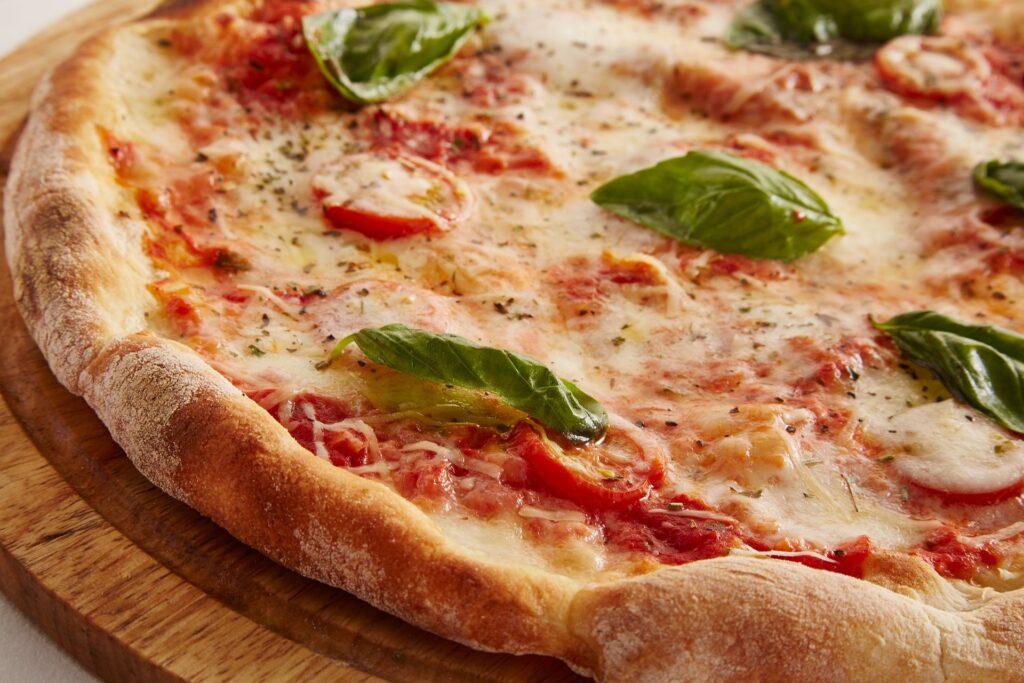 Pizza dough pre-baked at mild temperatures can be shipped and stored under refrigerated conditions, allowing a quick serving of the final product.
Pizza dough pre-baked at mild temperatures can be shipped and stored under refrigerated conditions, allowing a quick serving of the final product.
Pre-baked doughs, however, can easily collapse when stacked for shipping and storage. In addition, the texture of re-baked pizza crust becomes harder due to the further reduction of water, whose content has already decreased during the first baking phase.
In this context, the purpose of a recent study, carried out by a group of Japanese researchers (Matsumoto et al. , 2021), was to assess the effect of pre-baking time and re-hydration before re-baking on the quality of pizza. The results show that dough deformation due to stacking weight can be largely reduced by longer pre-baking times.
Pre-baking, however, resulted in a harder texture of the re-baked pizza crust. Re-hydration before the re-baking phase can improve the texture of pizza crust. In short, further insights are still needed to optimize this strategy with the aim of improving the quality of pre-baked pizza crust.
Development of an automatic system to control the proper closure and sealing of pizza packages.
Closure and seal inspection is one of the key steps in quality control of pizza packages. This is generally carried out by human operators that are not able to inspect all the packages of a packaging line. To overcome this limitation, a recent study by a group of Spanish researchers (Banús et al., 2021) proposes the implementation of a computer vision system.
Line-scan technology and hyperspectral imaging have been considered to ensure the acquisition of all relevant information, regardless of the pizza brand, topping and packaging film features. The software involves a three-phases strategy: (i) a set of basic controls, (ii) identification of the sealing region and (iii) preparation of data for product classification.
The system has been tested i laboratory and in real industrial conditions, comparing the performance with the manual scenario and considering two different pizza toppings of three pizza brands. The tests show that the developed system is highly performing, with an accuracy above 99%.
Finally, the authors point out that the computer vision system also doubles the inspection speed compared to manual inspection, ensuring that all products on the production line are evaluated and, therefore, an industrial implementation is desirable to improve the quality control of packaged pizza.
References: Matsumoto et al., Transactions of the Japan Society of Refrigerating and Air Conditioning Engineers, 38, 2021, 187-193; Banús et al., IEEE Access, 9, 2021, 167267-167281.



